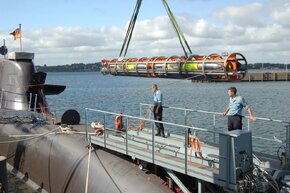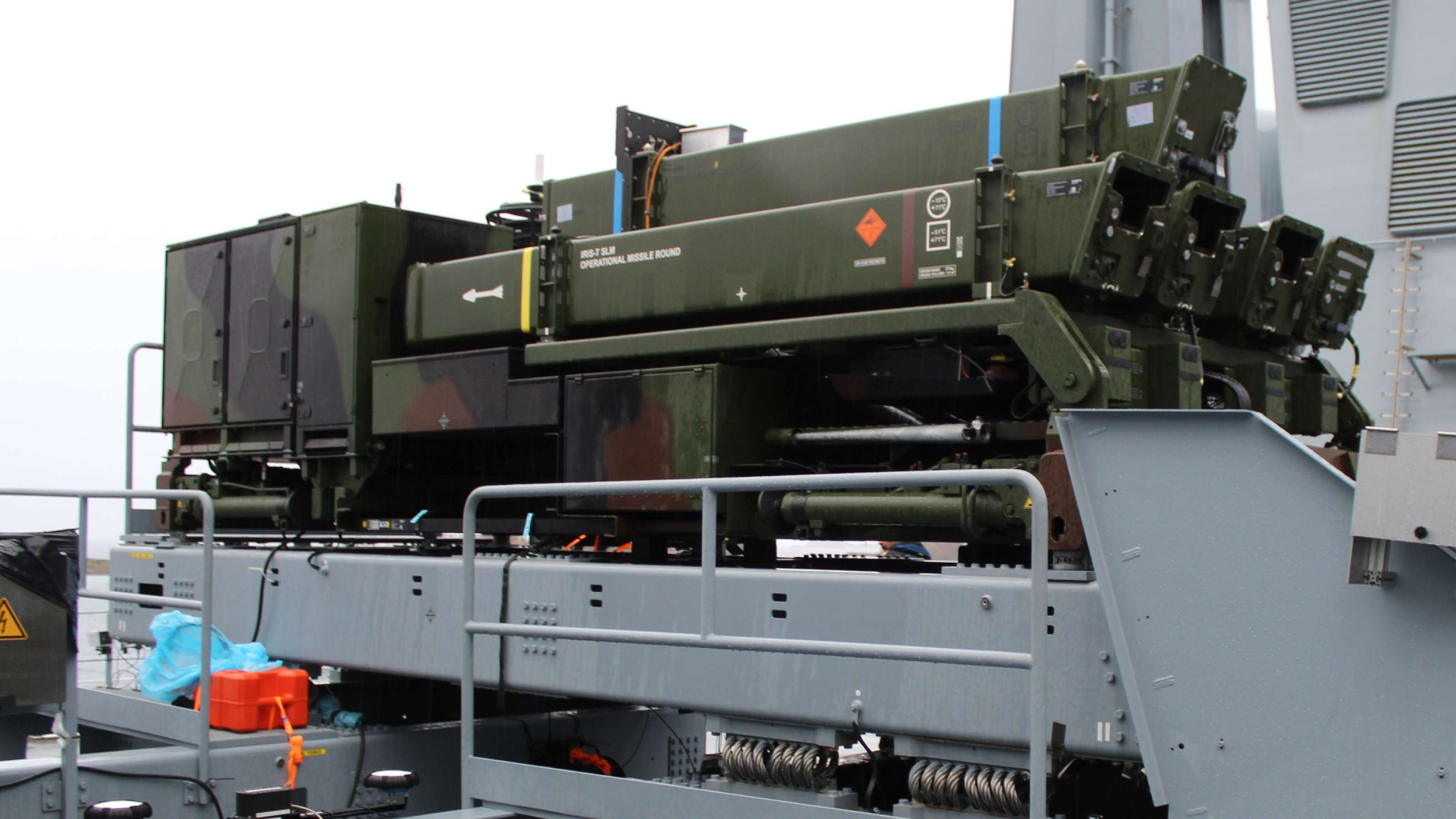The unclassified brochure for ZVM 2035+ has now been officially released (on March 15th, on website about two weeks later).
The Inspector Admiral of the Navy has presented an update to ZVM 2035+, in the form of a 40-page document called
"Course of the Navy 2035".
Presentation was to a very limited number of media representatives onboard "Marine 1", a small Navy VIP yacht stationed in Berlin.
Compared to fleet numbers in ZVM 2035+ (see above post), the new document calls for:
- 3 "large remote missile vessels" (LRMV) primarily supporting F127 - new
- possibly retaining the fourth F125 (now "3-4". ZVM called for a reduction to 3)
- 18+ FCSS instead of "up to 18"
- 12+ MCMV instead of "up to 12"; augmented by 18+ MCM-USV/UUV and 6+ L-MCM (land-based). Augmentation was previously "to be decided".
- 40+ "multipurpose combat boats" (MZKB) - new
- 9-12 U212 instead of 6-9
- 12+ LUUV instead of up to 6
- 8-12 P-8A instead of 8; augmented by 8-12 UAS instead of 8
All other numbers as previously presented for ZVM2035+ (therefore check the linked post!).
The very large number of "MZKB" is part of a plan to restructure the Naval Infantry Battalion for "Maritime Infantry Combat". Think CB90 or similar.
The weapons research vessel Planet of WTD71 will be integrated into the "underwater domain" of the Navy due to "special systems" installed (read: she has sonar etc). According to the audio she will be integrated as a "special ship for protection of maritime infrastructure". The ship is currently - fairly controversially - deployed on a patrol mission in the Aegaean Sea because the Navy refused to field one of its own ships for the mission.
The two new ocean tugs (former civilian oil platform supply tugs) will be rebuilt for minelaying in wartime, i.e. mine rails, new communication systems. The two ships have a fairly large open deck that can be utilized for rails.
The Navy is currently evaluating integrating Tomahawk on suitable frigates.
IRIS-T SLM is being evaluated for possible "strap-on" AAW capability on suitable vessels, especially F125, with tests planned.
There are operational evaluations for LUUV (last year, "very successful") and FCSS.
According to the Inspector Admiral the Navy is "holding talks" about at which point of escalation the remaining WTD71 fleet (65m and 50m multipurpose vessels) would be integrated into the Navy operationally. He is
intending to expand this to civilian vessels, i.e. to the vessels assigned by federal agencies to the Coastguard. With a joke that "in war fisheries protection (ships) won't be counting cod".







